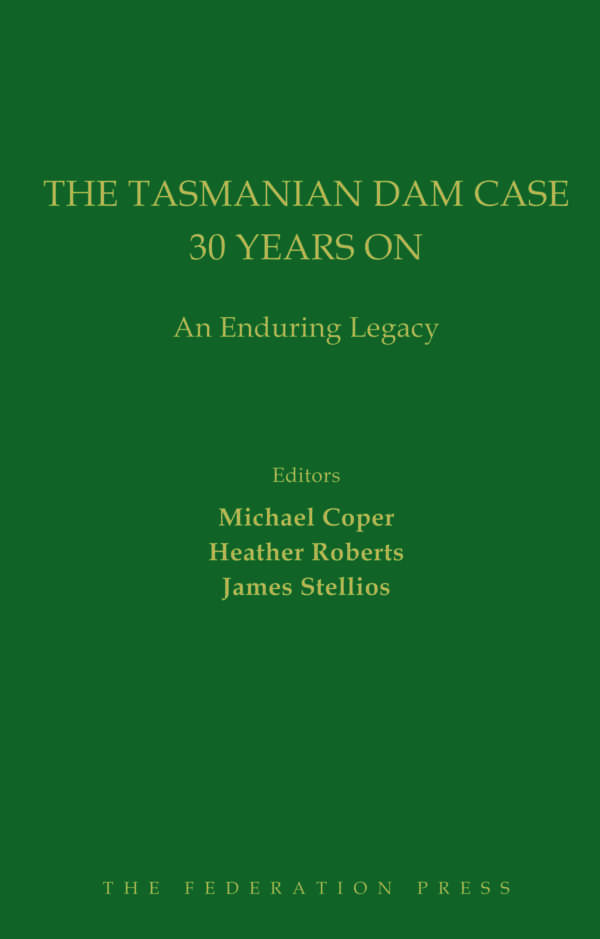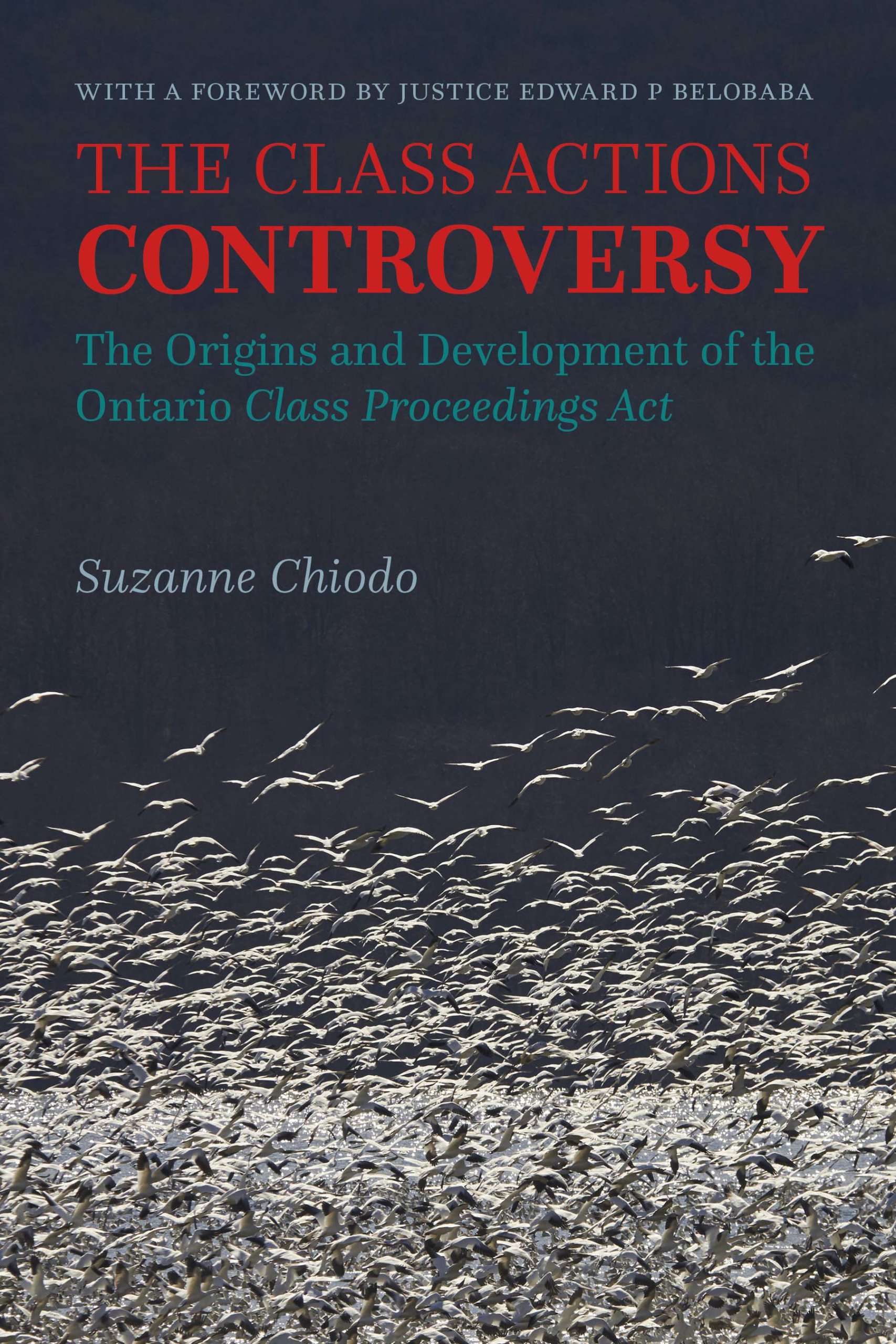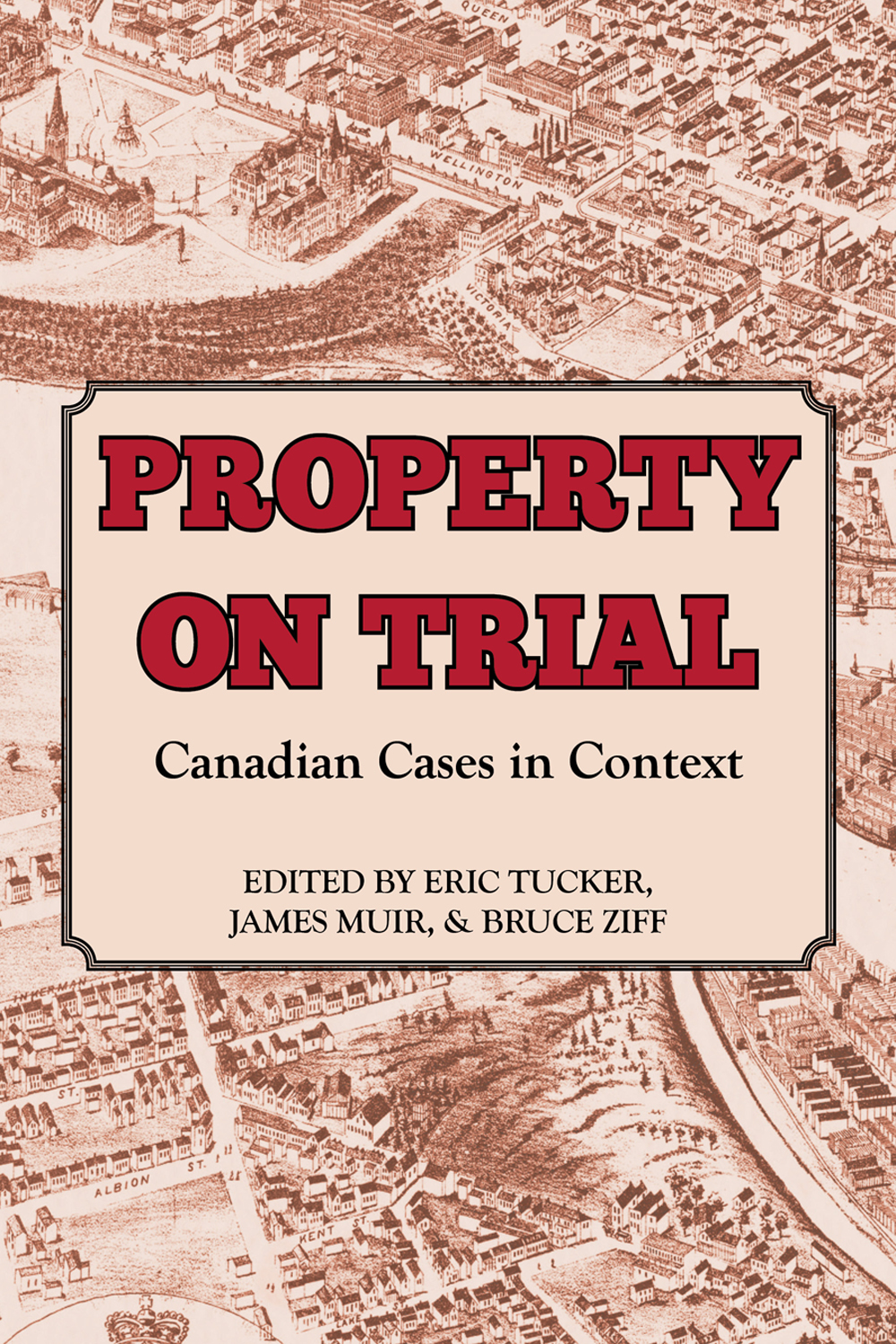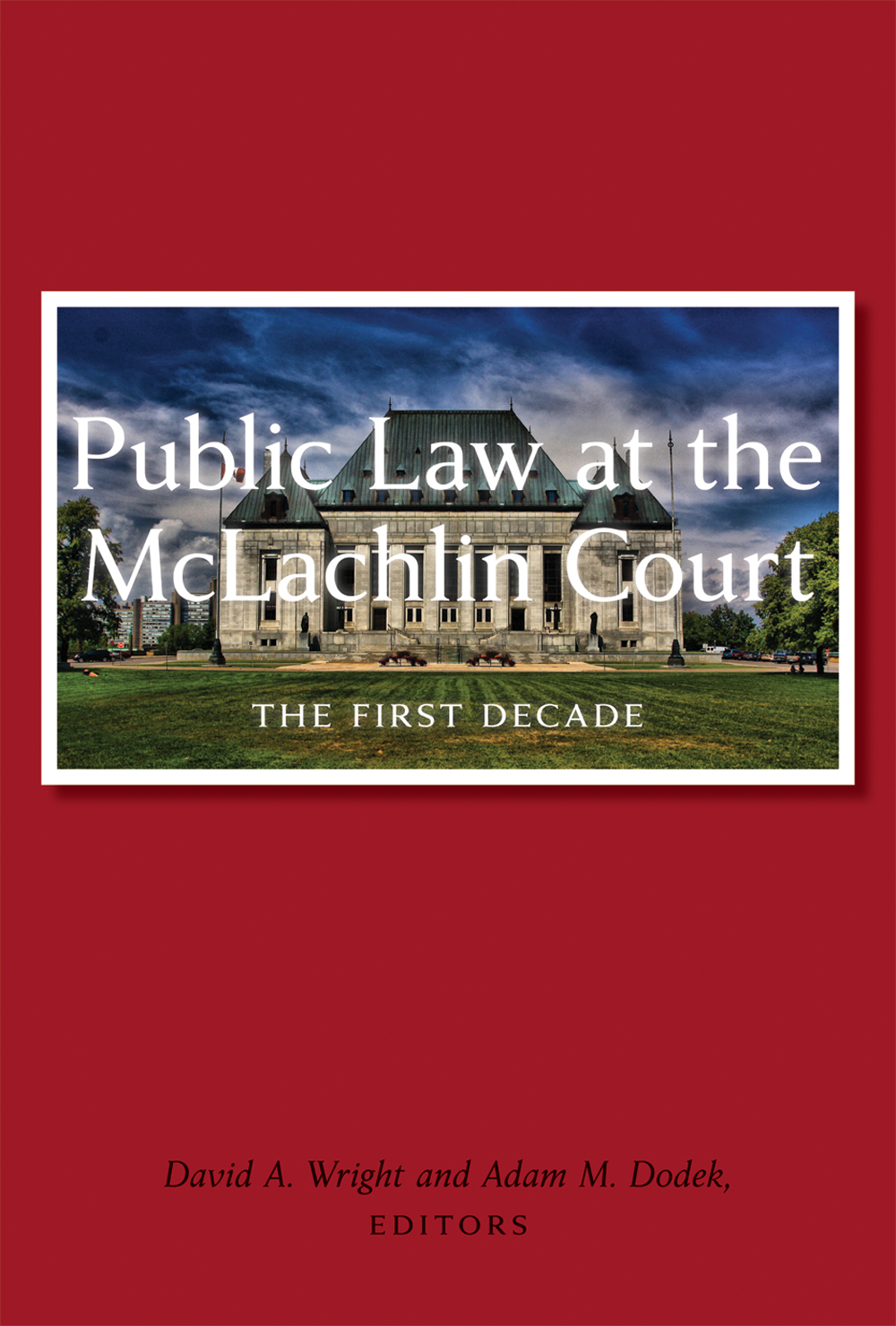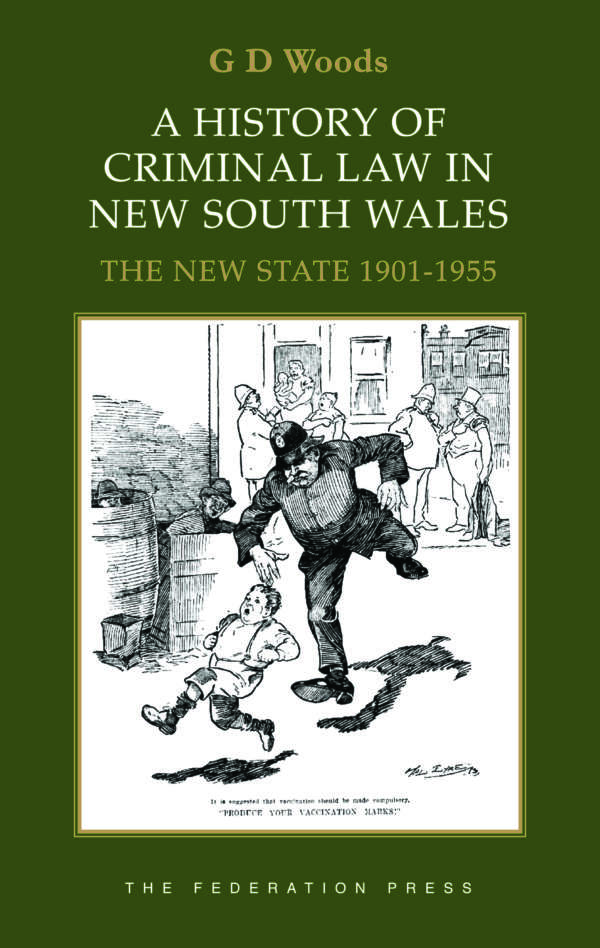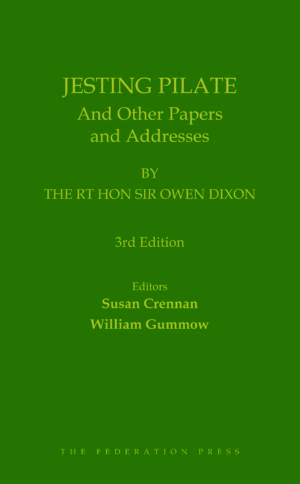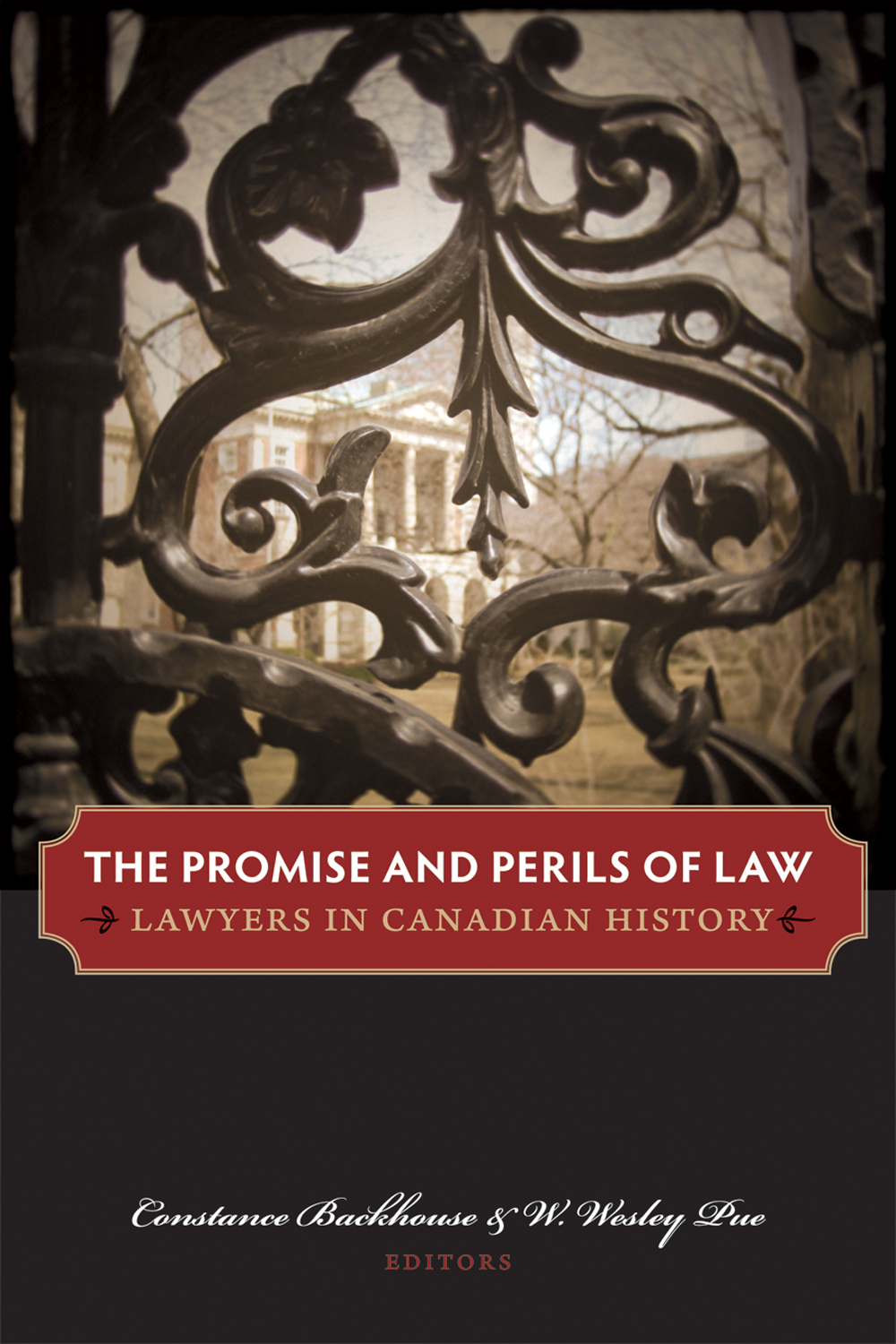Product Description
The term ‘judicial activism’ is seemingly ubiquitous in Australia and the United States today. Prominent public figures, from politicians to cardinals, commentators to business executives, have used this terminology to condemn superior courts and certain judicial outcomes. In Australia, High Court decisions on matters such as native title, property law and the interpretation of Australian history (for instance, Mabo); constitutional rights; the law of negligence; and migration law have been attacked in some quarters as being ‘undemocratic’ and ‘activist’, and as exemplifying the growing elitism of higher court judges. In the United States, decisions relating to reproductive rights; gun laws; school prayer; racial segregation and the interpretation of American history (for instance, Brown v Board of Education) have also been criticised on this basis. Yet as the judicial activism critique is increasingly adopted by the popular media, many lawyers and judges are hesitant to engage with the terminology, seeing it as nothing more than an empty pejorative.
What is judicial activism? What are the origins of the terminology? Who has been accused of practising activism? This book provides a history of the term ‘judicial activism’, from its inception as a historian’s catchphrase in the United States in the 1940s, to its nursery years in the universities, and finally, to its more recent manifestation in both Australia and the United States as part of election campaigns and the politics of anti-elitism. Covering diverse topics such as constitutional scholarship, the ‘history wars’ in Australia, and United States Presidential campaigns, The Campaign Against the Courts also charts the migration of the debate over judicial activism from the United States to Australia over the past 25 years.
For those interested in law, politics and history, The Campaign Against the Courts provides a narrative account of one of the most controversial topics in law-making today.
Praise for the book:
“A forensic exploration of the strange territory that turned conservatives in America and then Australia against the courts. Here are the elements of every great story: sex, race and power.” Award-winning author and journalist, David Marr
“Tanya Josev deftly traces from its American origins in 1947 the history of an idea – judicial activism – but this is no orthodox legal history. Josev also presents a gripping account of the culture and history wars of the United States, along with their Australian echoes in the age of Mabo and Wik. This is a fascinating story of political opportunism, ideological obsession, judicial careerism and, amid the tumult and the shouting, a determined quest for laws in tune with the needs of a modern society.” Acclaimed historian of Australian history, Frank Bongiorno, Professor of History, The Australian National University
“In this fascinating foray in legal history, Tanya Josev traces the migration of the slippery concept of judicial activism from the post-New Deal United States to contemporary Australia … Josev astutely explains how these differences in legal culture have evolved, while also identifying a remarkable connection in the legal history of both nations. Australian and American scholars alike will benefit from her deft analysis.”Pulitzer prize-winning legal historian, Jack Rakove, Professor of History and Political Science, Stanford University
The Campaign Against the Courts was awarded the Law and Society Association of Australia and New Zealand’s ECR (early career researcher) prize in 2018. The prize was awarded for the most outstanding contribution to the field of law and society.


